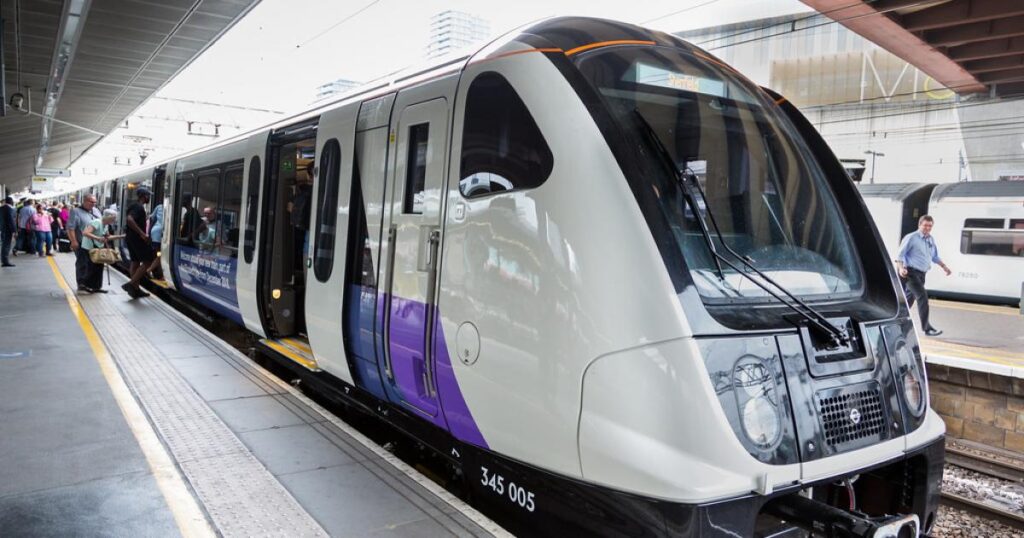Although a new underground railway between east and west London had been proposed as early as the 1940s, the origins of the Elizabeth line as we know it today can be traced back to 2001.
This is when Cross London Rail Links was formed by TfL and the Department for Transport to promote the scheme.
Four years later, the eventual route had been finalised paving the way for Parliamentary approval of the railway in 2008.

Work on the project began a year later with the start of construction of the future Canary Wharf station.
The tunnels that would carry trains across central London were completed in 2015.
In this year, TfL also took direct control of a section of the Elizabeth line that already existed – London Liverpool Street to Shenfield, which was until then operated by Abellio Greater Anglia.
The Elizabeth line was originally due to be completed in 2018, but this date was pushed back four months before its planned opening.
At the same time, services between Paddington and Heathrow Terminal 4 were transferred to TfL.
A year later, most stopping services between Paddington and Reading were handed over to TfL from Great Western Railway.
Then finally, in May 2022, the central section of the Crossrail route was opened to the public, allowing services between Abbey Wood and Paddington to start.

All TfL Rail services were also rebranded as the Elizabeth line at the same time.
By the end of the year, services had also started between Paddington and Shenfield, Reading and Abbey Wood, and Heathrow and Abbey Wood.
It was not until a year after the Elizabeth line opened that the full service pattern used today started, with services between Heathrow and both Abbey Wood and Shenfield, and between Reading and Abbey Wood.

Last year, the Elizabeth line was awarded the prestigious The Royal Institute of British Architects (RIBA) Stirling Prize for the design of its ten new stations in central London.
Although construction work on the route has only recently finished, one new station will be added to the Elizabeth line in the coming years.
Old Oak Common station is currently under construction, and will eventually connect the Elizabeth line to HS2.
Today, the Elizabeth line covers 117km of track and calls at 41 stations




